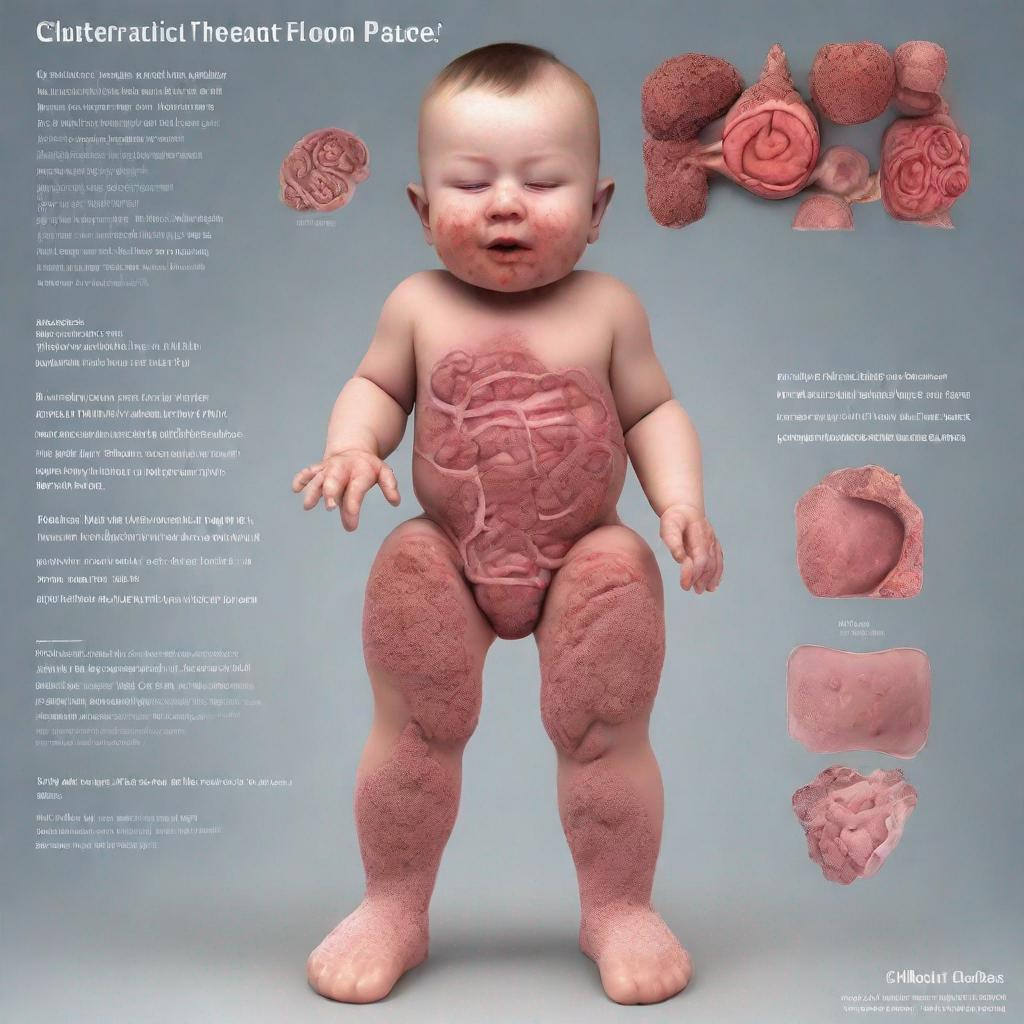## Positron-Emission Tomography (PET): A Window into Body Function and Disease
### Introduction
Positron-emission tomography (PET) is a non-invasive imaging test that produces three-dimensional images of functional processes within the body. It involves injecting a small amount of a radioactive tracer into the body, which is then taken up by tissues and organs. The tracer emits positrons, which interact with electrons to produce detectable gamma rays. These gamma rays are captured by a scanner and converted into images, providing valuable information about how different parts of the body are functioning.
### Procedure
A PET scan typically involves the following steps:
* The patient is injected with a small amount of a radioactive tracer.
* The tracer circulates through the body and is taken up by tissues and organs based on their metabolic activity.
* The patient is positioned in a PET scanner, which emits a stream of positrons at the body.
* Positrons interact with electrons in the body, resulting in the emission of gamma rays.
* Gamma rays are detected by the scanner and converted into images.
PET scans usually take 30-60 minutes to complete. In some cases, the patient may be asked to fast for several hours before the scan to improve the accuracy of the results.
### Diagnosis
PET scans can be used to diagnose a wide range of conditions and diseases, including:
* **Cancer:** PET scans can detect tumors and metastases throughout the body, even when they are too small to be seen on other imaging tests.
* **Cardiovascular disease:** PET scans can visualize blood flow and oxygen consumption in the heart, helping to diagnose conditions such as coronary artery disease, heart failure, and valvular heart disease.
* **Neurological disorders:** PET scans can measure glucose metabolism in the brain, aiding in the diagnosis of Alzheimer’s disease, Parkinson’s disease, multiple sclerosis, epilepsy, and dementia.
### Importance
PET scans are a significant advancement in medical imaging because they provide functional information rather than just anatomical pictures. This information can help doctors detect diseases at an early stage, which can lead to better treatment outcomes. PET scans are also useful for monitoring the effectiveness of treatments and guiding surgical procedures.
### Alternatives
There are several alternative imaging tests that can be used to diagnose similar conditions as PET scans, including:
* Computed tomography (CT) scans
* Magnetic resonance imaging (MRI) scans
* Ultrasound scans
* Nuclear medicine scans
However, PET scans offer the unique ability to visualize metabolic activity, which can complement the information obtained from other imaging modalities.
### Preparation
Patients should follow the specific instructions provided by their doctor regarding preparation for a PET scan. Generally, it is recommended to fast for several hours before the scan to improve the accuracy of the results.
### Duration
The duration of a PET scan typically ranges from 30-60 minutes. Patients usually receive the results within a few hours or days of the scan.
### Recommendations
In conjunction with or following a PET scan, doctors may recommend additional tests to confirm a diagnosis or gather more information, such as:
* Biopsy
* Laboratory tests
* Other imaging tests (e.g., CT or MRI scan)



